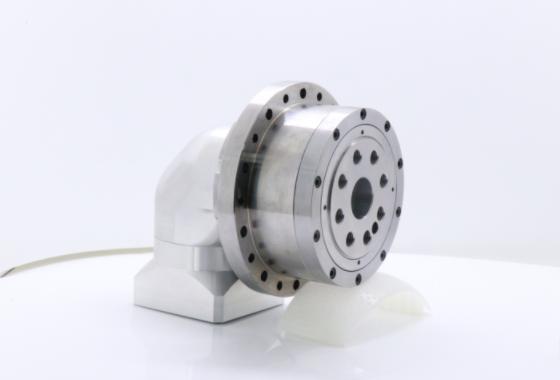
In recent years, the concept of harmonic reduction has gained significant attention due to its potential to enhance power quality and optimize the operation of electrical systems. This essay aims to explore the working principle and application scenarios of harmonic reduction technology. Designed with the intelligence and comprehension of a college student in mind, it provides a comprehensive overview of this advanced electrical engineering concept.
Paragraph 1: Working Principle of Harmonic Reduction
Harmonics are unwanted electrical disturbances that occur in power systems due to the presence of non-linear loads such as computers, variable frequency drives, and LED lighting systems. Harmonic reduction techniques mitigate the detrimental effects of these harmonics by suppressing or filtering their frequencies. Active harmonic filters (AHFs), for instance, detect harmonics and generate corresponding currents with opposite phase angles, thus canceling out the harmonics. Passive harmonic filters, on the other hand, use capacitors, inductors, and resistors to suppress harmonic currents by creating a low-impedance path for them.
Paragraph 2: Application Scenarios in Industrial Settings
One prominent application scenario of harmonic reduction technology is in industrial settings. Industrial processes often involve large motor-driven machinery that introduces harmonics into the power system. Harmonic reduction methods like AHFs can be deployed to ensure compliance with voltage distortion standards outlined by regulatory authorities. By reducing harmonics in industrial facilities, the risks of equipment damage, overheating, and circuit disruption are minimized. Moreover, harmonic filters help optimize power factor correction, improve overall system efficiency, and extend the lifespan of electrical equipment.
Paragraph 3: Application Scenarios in Commercial Buildings
Harmonic reduction techniques also find widespread applications in commercial buildings, particularly those with advanced automation systems and sensitive electronic equipment. Office spaces, shopping malls, and hospitals rely on computers, HVAC systems, and lighting systems, which generate significant harmonic distortion. Installing harmonic filters in these buildings helps maintain stable power quality, reduces the risk of equipment failure, and extends the lifespan of electrical components. Buildings utilizing renewable energy sources such as solar and wind also benefit from harmonic reduction, as these energy sources can contribute to harmonic distortion if not properly integrated.
Paragraph 4: Application Scenarios in Residential Settings
While harmonics in residential settings are often less pronounced compared to industrial and commercial environments, their impact is still noteworthy. With the rise of electric and hybrid vehicles, rooftop solar panels, and other residential technologies, harmonic distortion becomes an emerging concern. By incorporating harmonic reduction devices into residential electrical systems, homeowners can mitigate voltage drops, harmonic resonance, and excessive heating in transformers and appliances. Consequently, the use of harmonic filters ensures a more stable and efficient power supply for residential consumers.
Conclusion:
In conclusion, harmonic reduction technology plays a vital role in enhancing power quality and optimizing electrical systems across various applications. Through the suppression or filtering of harmful harmonics, this technology offers the potential to prolong the lifespan of electrical equipment, minimize disruptions, and improve overall energy efficiency. From industrial facilities to commercial buildings and even residential settings, harmonic reduction methods prove to be indispensable for maintaining stable power quality and safeguarding electrical systems in the modern world.
 English
English Deutsch
Deutsch Русский
Русский Español
Español
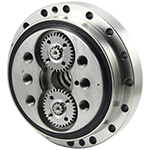
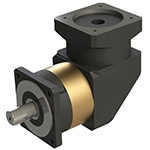
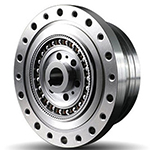
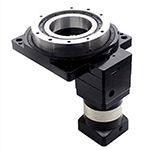
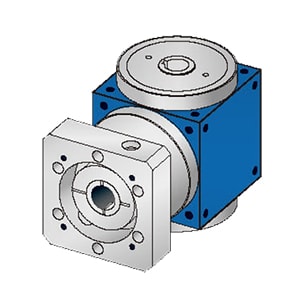
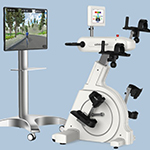
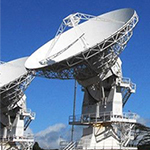
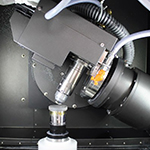
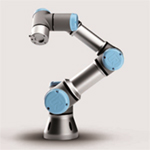
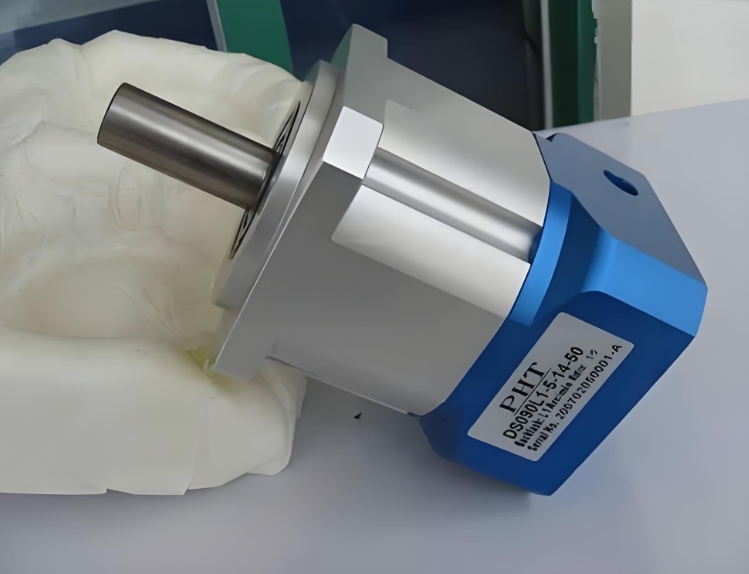
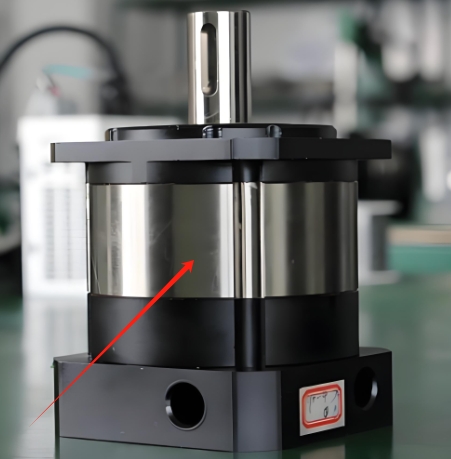
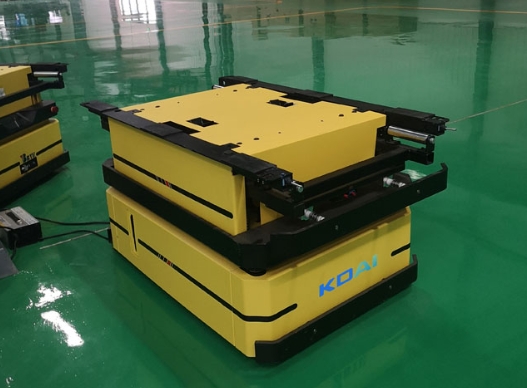
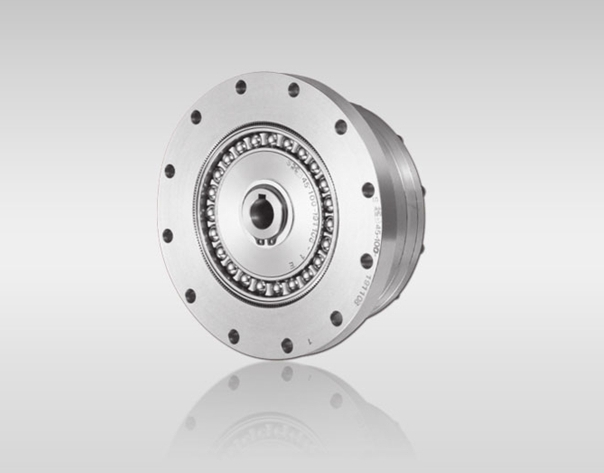
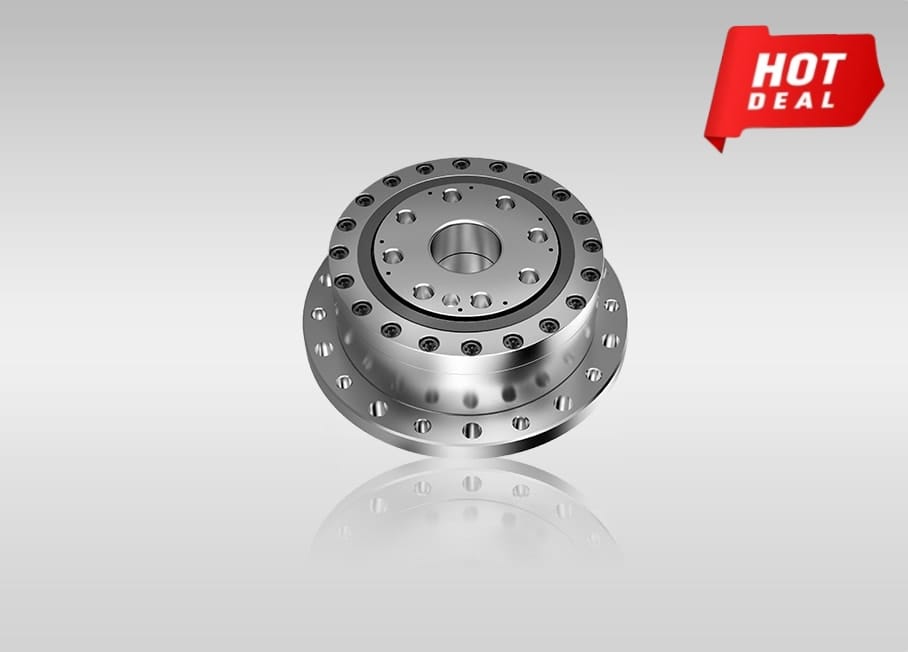
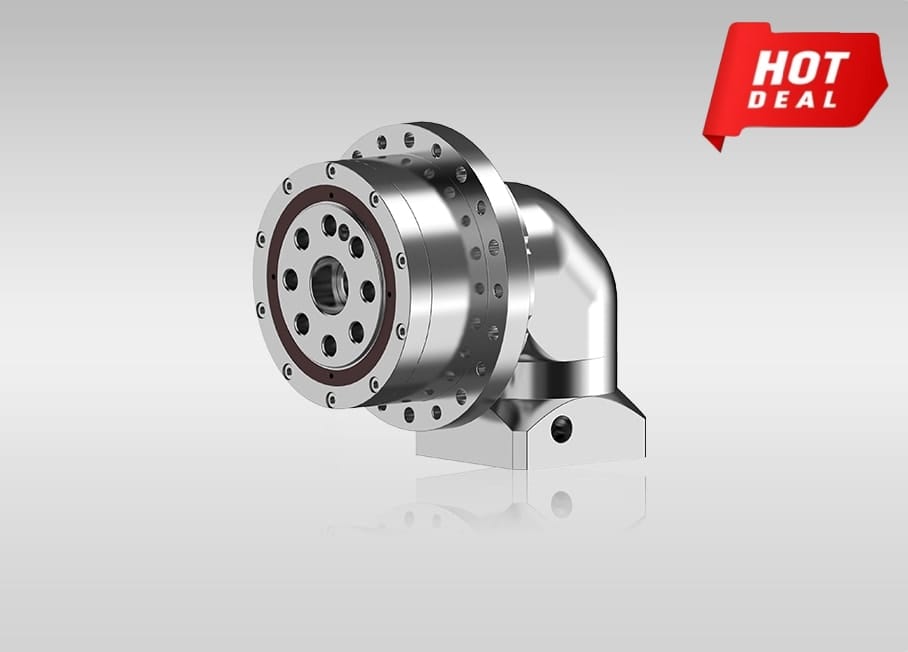
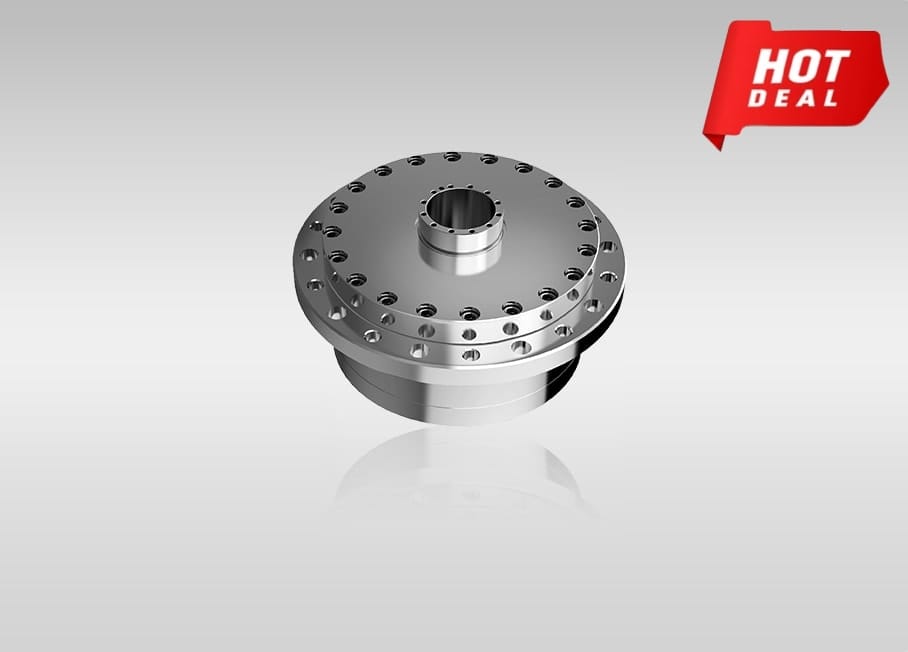
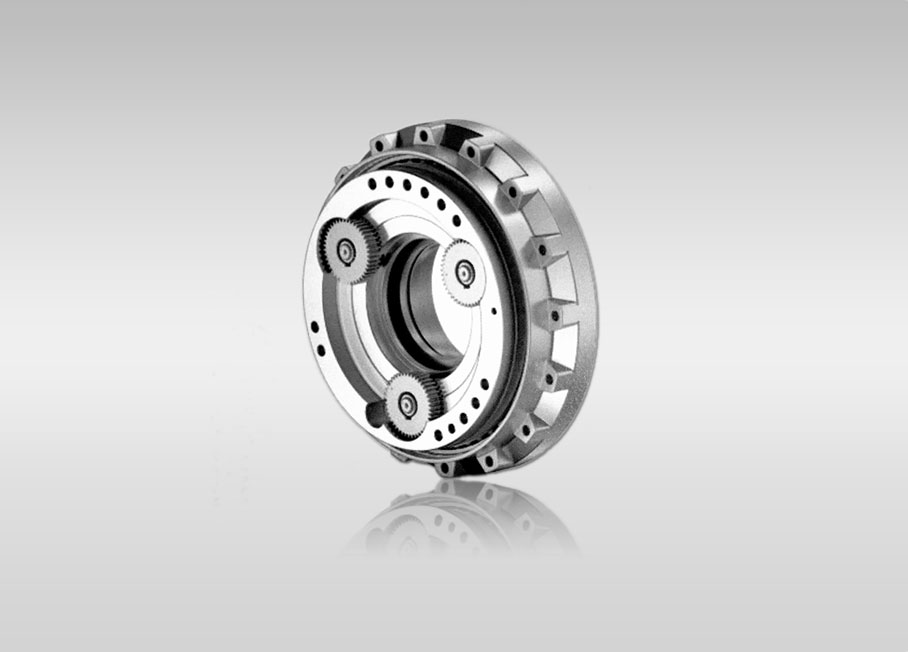
Quote Now